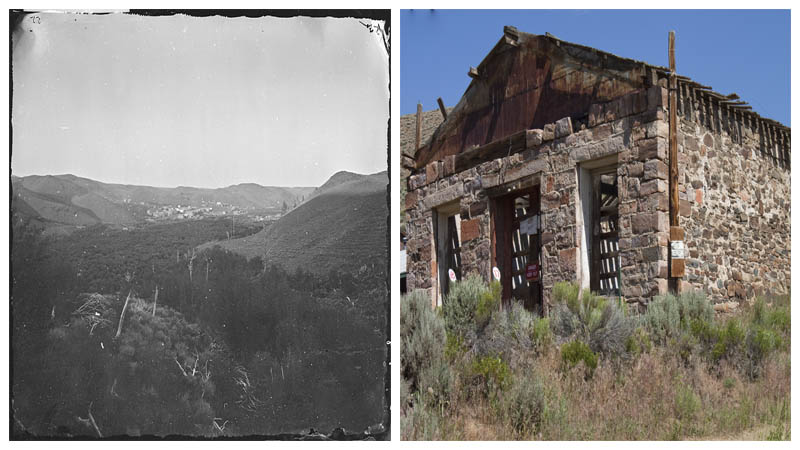Atlantic City stands at an elevation of almost 8,000 feet and fairly close to the Rocky Mountains’ South Pass, in the southwest of Wyoming.
Now home to only a handful of people, the history of this little cosy town began in the second half of the 19th century — when gold was discovered nearby.
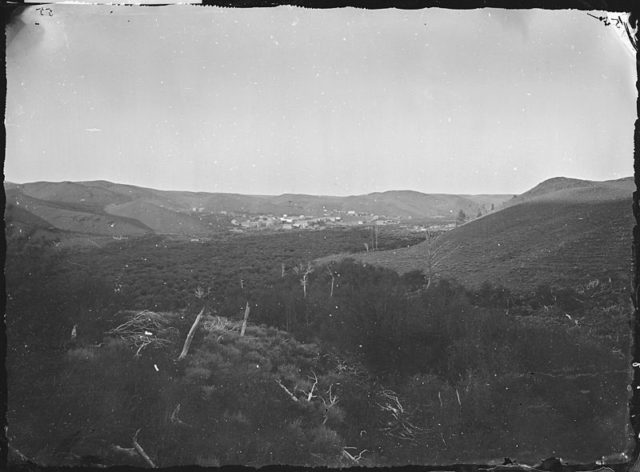
Up until 1867, the place was nothing but a simple corridor between the East and West. That year, gold was discovered in the area, and a sample of the ore was sent to Salt Lake City.
A gold rush was born and a throng of prospectors, miners, blacksmiths, and the usual entourage of business owners and traders all came to the area. So great was the number of wannabe millionaires that not one but three new towns were born: Miner’s Delight, South Pass City, and Atlantic City.
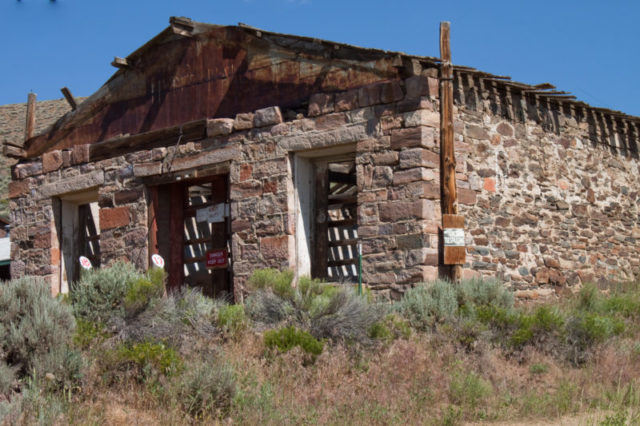
After three years, a Post Office was officially opened — by that time Atlantic City was home to 500 residents. By 1870, the town was flourishing and had hotels, breweries, restaurants, seven saloons, and even a dance hall.
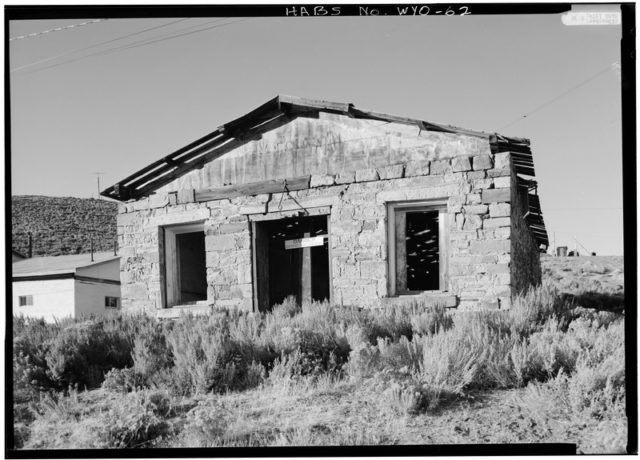
This was all possible thanks to three rather witty gentlemen: Thompson, Tozier, and Collins. They managed to get to the area before everyone else, divided it into lots and then sold those lots to the new residents of Atlantic City – talk about the importance of timing in business!
Even though gold was found fairly easily, Atlantic City life could be challenging. The winters were rather spartan and the closest railroad was a good 100 miles away. On top of this, the local natives didn’t like the idea of White Men invading their lands and frequently carried out attacks.
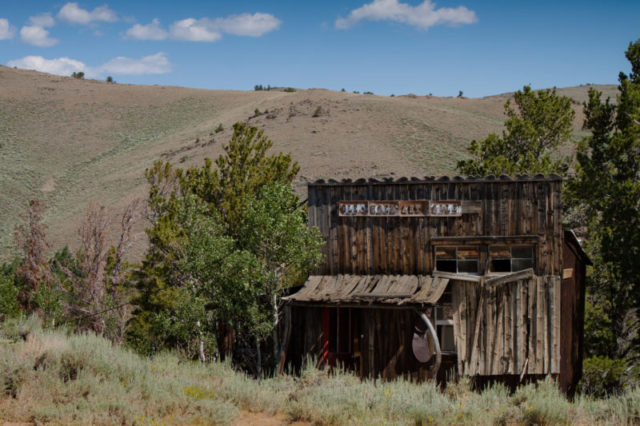
However, neither Indian arrows nor the biting cold of winter managed to stop new arrivals. With time, Atlantic City reached a zenith of 2,000 residents.
New businesses were introduced; a drugstore was opened as well as an opera house. A church was also erected and a school for all of the town’s youngsters.
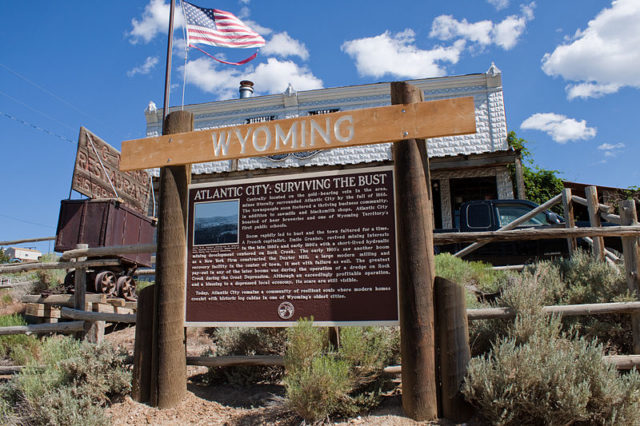
For years, Atlantic City was a dream town. However, the quality and the quantity of the gold ore started to drop, and by 1872, the number of residents had reduced from thousands to no more than a hundred. Atlantic City hit rock bottom and was fighting for survival.
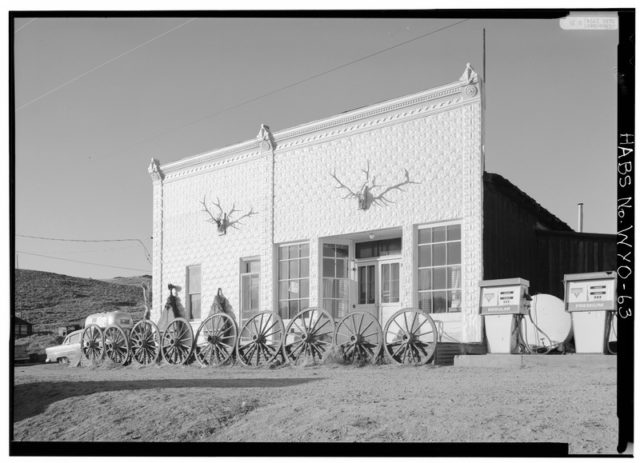
Its luck changed in 1884 with the arrival of fresh investment.
A French engineer by the name of Emil Granier had an idea of how to revive the almost dead town. He introduced hydraulic mining – a project of his that he started in 1884 and finished in 1888 with the help of some 300 people.
However, an engineering mistake all but destroyed Granier’s dream and his company went bankrupt in 1893.
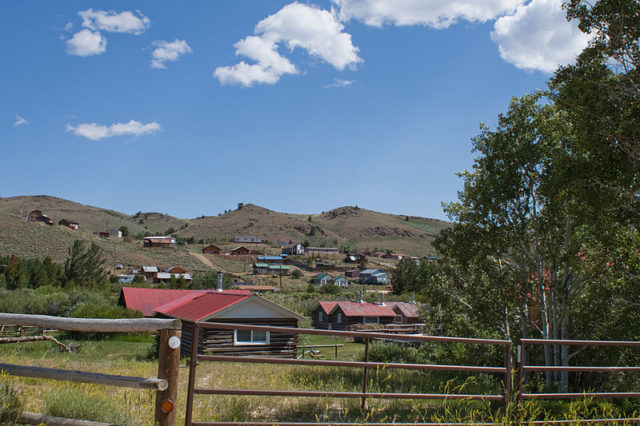
With not much left to do in Atlantic City, Granier returned to France to seek help and more funds for his company. Instead of receiving funding he was put in jail, where he died not long after. Some infrequent and irregular mining kept Atlantic City from total oblivion.
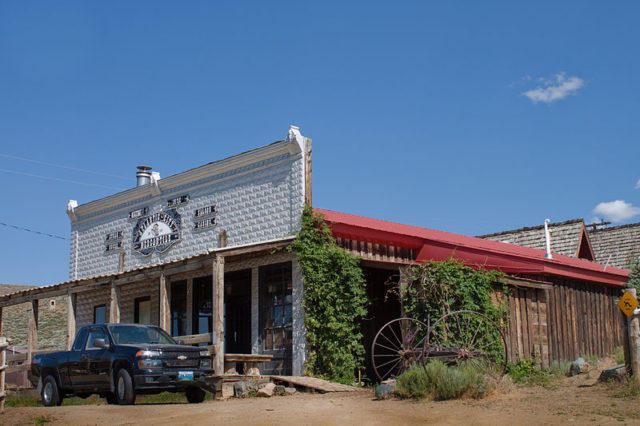
When the Second World War started, Atlantic City hit another low, and the number of residents dropped to no more than a dozen. By 1954, there were only two residents in town. The Post Office closed its doors that same year. Despite all of its difficulties, the town has never been fully abandoned thanks to the stubbornness of a few stalwart townsfolk.
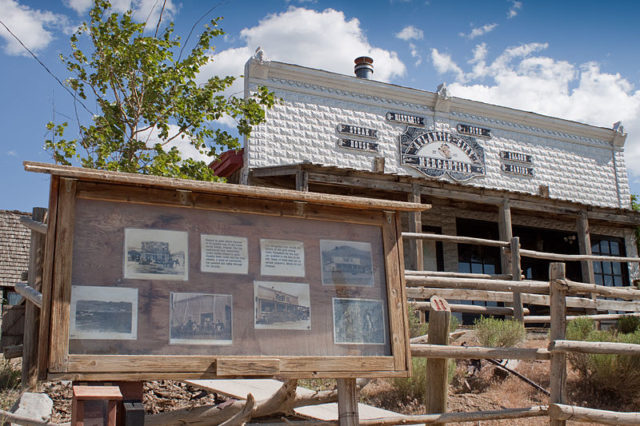
Today, Atlantic City is home to around 40 people, and many authentic buildings are still standing. One of these buildings to have survived the town’s turbulent history is the Giessler Store, which was opened in 1893.
